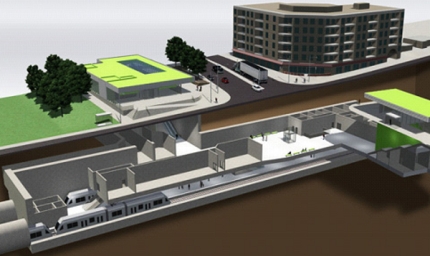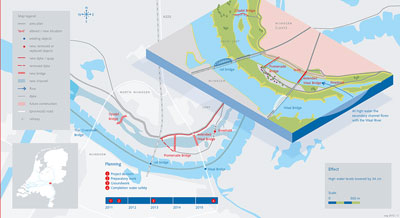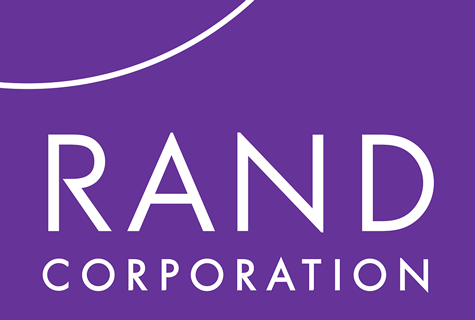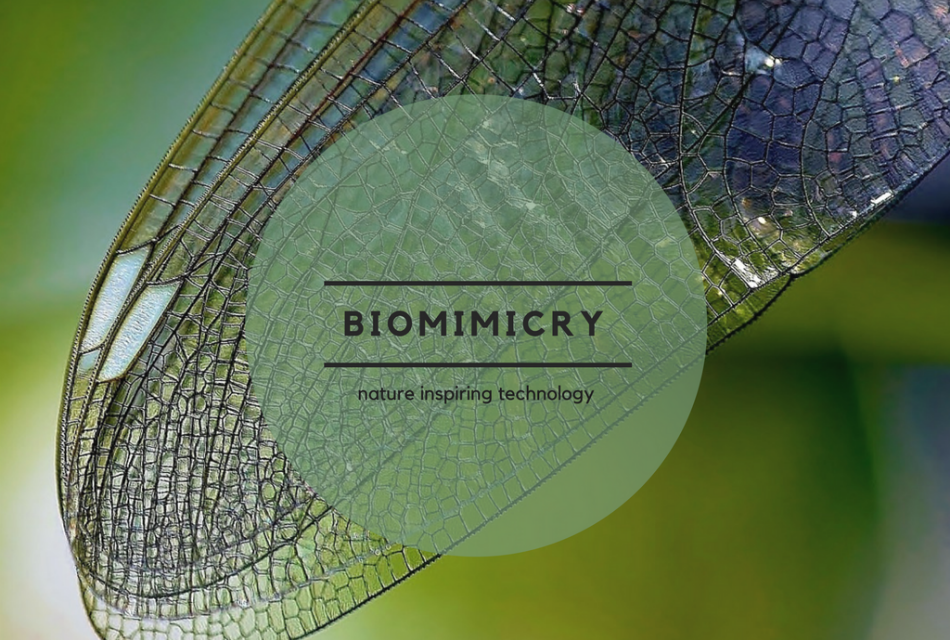Events

April 24, 2019 | Anne De Bortoli (Laboratoire Ville Mobilité Transport)
Transportation is an important contributor to environmental degradation, especially in developed countries. Life-cycle assessment (LCA) is a powerful method to design decisions with a good understanding of their environmental impacts. Since 2017, a new High-speed rail line has been running between Paris and Bordeaux. As a complete demonstration of how to use LCA for large transportation infrastructure investments, we conducted a process-based LCA on this project at three different levels: on the infrastructure, on the new transportation offer and its competitive modes, and on the consequential aspects of the project (modal shift).

April 8, 2019 | Sybil Derrible (University of Illinois at Chicago)
Since the Neolithic era, infrastructure has been the physical backbone of civilization. Nowadays, society would not be able to thrive without roads, water pipes, sewers, power lines, telecommunication cables, and all other infrastructure systems. In the future, infrastructure systems will have to change and become smarter, more sustainable, and more resilient. This problem calls for Urban Engineering as a radically new way to view and design urban infrastructure; as Einstein famously said: “We cannot solve problems by using the same thinking we used when we created them.” At the Complex and Sustainable Urban Networks (CSUN) Laboratory, the lab leverages complexity science, data science, and urban metabolism to gain insights into how cities are designed and how they are used. In this seminar, Dr. Derrible will first talk about the vision at CSUN to better integrate and decentralize urban infrastructure systems. Second, he will explain who the lab team uses machine learning to infer how people use the services provided by urban infrastructure systems, particularly by looking at water consumption and travel mode choice modeling. Third, he will outline a conceptual model that the lab can use to design more integrated and decentralized urban infrastructure systems, as well as highlight some of the future research
directions of the laboratory.

April 4, 2019 | Shoshanna Saxe (University of Toronto)
Transportation infrastructure systems are the skeletal structure of civil society: they govern how we live, work, consume and travel. The need for quantitative understanding of the sustainability impact of transport infrastructure provision is pressing; $50 trillion will be spent globally on transportation infrastructure by 2040. To meet out long term social, economic and environmental ambitions, new approaches are needed for how we design, deliver, operate, and create policy around transportation infrastructure. This talk will explore ongoing research investigating the material use and greenhouse gas impact of transport infrastructure working towards decisions support tools to improve infrastructure delivery. Discussed research will include 1) assessment of the embodied greenhouse gas emissions in rail infrastructure, 2) the use of building information modelling (BIM) to predict embodied GHG emissions for bridge construction, and 3) bottom up city scale material flow analysis of construction materials in roads.

September 13, 2018 | Lawrence Roth (Arcadis)
People like to live near water, which often means levees are built to reduce flood risk. However, levees choke floodplains, stifle natural processes, damage the ecosystem, and stimulate development behind them putting even more people, property, and infrastructure at risk from the inevitable larger flood. This recognition led the Dutch to adopt “make room for the river” to improve resiliency and sustainability by moving people and property out of harm’s way and returning natural functions to floodplains. Current levee design is based on level-of-protection (LOP) methods, which do not quantify risk because consequences are not considered. When risk is not quantified, we cannot measure cost-effectiveness of options to reduce risk, and we too often make decisions regarding flood “control” based on judgment and stakeholder preferences, not on considerations of resilience, sustainability, and efficient use of resources. In contrast, tolerable risk guidelines (TRG) enable us to quantify residual risk. and risk reduction benefits, and to measure the cost effectiveness of non-structural mitigation, including strategies to take advantage of natural floodplain functions. Use of TRG levels the playing field enabling selection of flood risk reduction strategies that are more robust, sustainable, and resilient than those developed using LOP methods.

August 28, 2018 | Benjamin Preston
The challenges of climate change, urbanization, and disasters place unprecedented stresses on our infrastructure and require complex decisions by local and regional governance systems. RAND’s Infrastructure Resilience and Environmental Policy program addresses these issues through research on infrastructure development, infrastructure financing, urban planning and the role of public-private partnerships, energy policy, environmental sustainability, climate response, mitigation, and adaptation, transportation policy, and water resources management and coastal protection.

August 7, 2018 | Samantha Hayes
Natural systems have evolved to address many of the same design challenges we are now grappling with in the built environment. From energy generation to structural integrity, materials production and self-repair, almost 4 billion years of research and development have generated design strategies and principles that have demonstrated success in meeting these challenges in a way that is both sustainable and resilient. Biomimicry seeks to draw on these strategies to inform design, and a number of frameworks are now emerging to support the practice of biomimicry across disciplines.